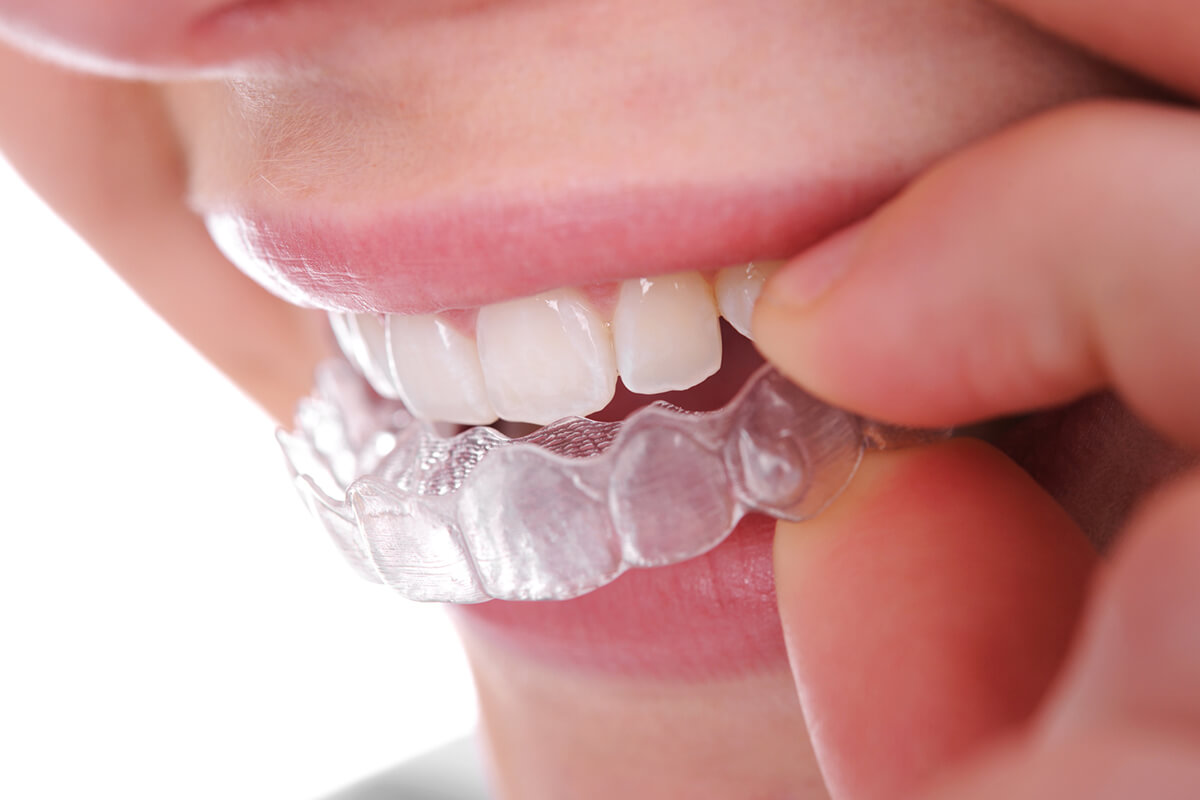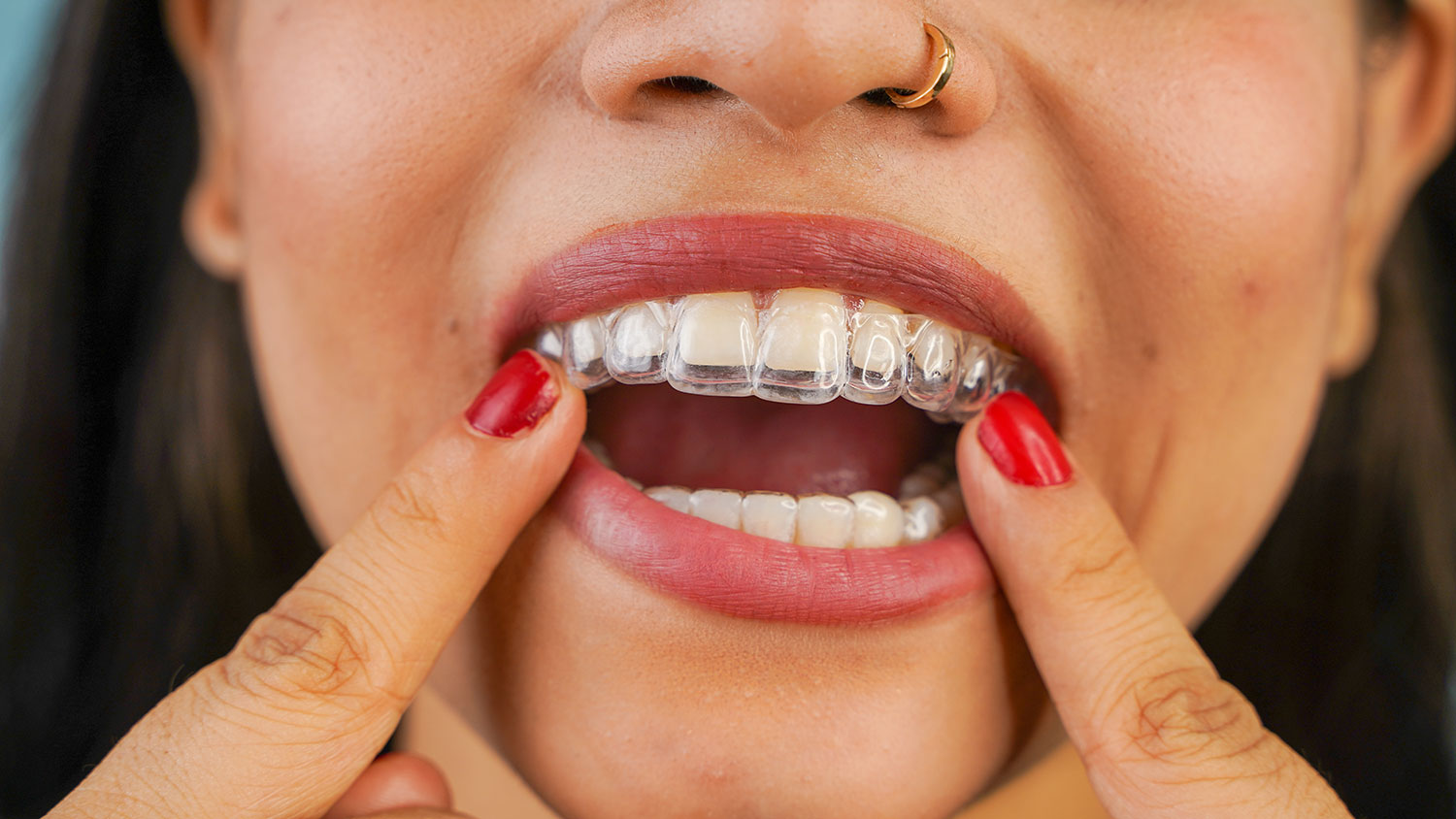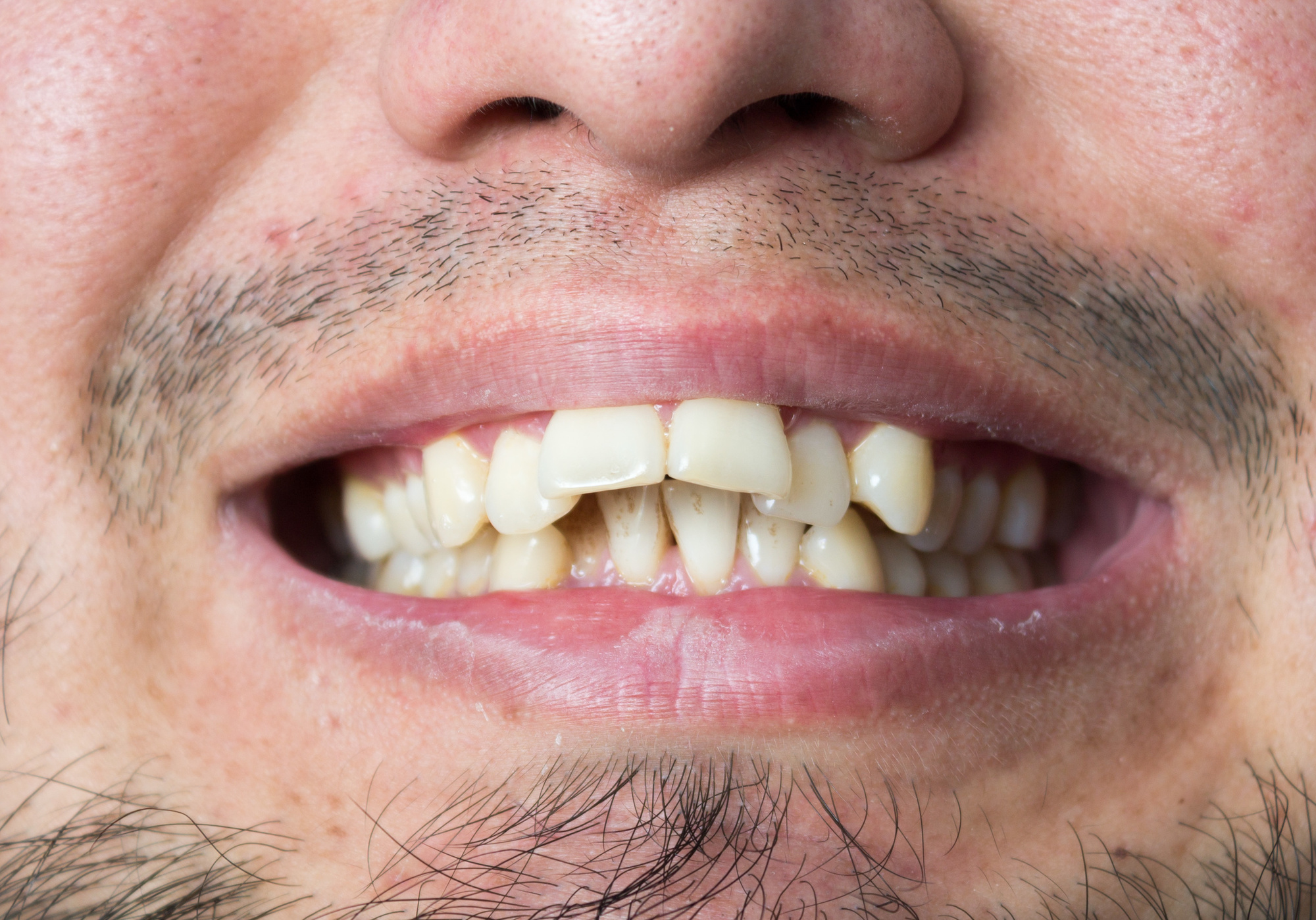Frequently Asked Questions Regarding Invisalign: Everything You Need to Know
Invisalign vs. Traditional Dental braces: Which Choice Is Right for You?
When considering orthodontic treatment, the choice in between Invisalign and standard braces offers numerous vital variables that merit careful evaluation. Invisalign offers a discreet option with removable aligners, while conventional dental braces offer an extra visible yet effective option for severe misalignment. Each option includes distinctive benefits and drawbacks connected to appearances, convenience, therapy period, and price. Understanding these nuances is vital for making a notified decision that lines up with your individual preferences and lifestyle. The inquiry stays: which alternative will finest fulfill your orthodontic needs and assumptions?
Summary of Therapy Options

In contrast, typical dental braces include steel brackets and cords that are bound to the teeth. This method uses continuous pressure in time to achieve alignment. While effective for complex orthodontic concerns, typical dental braces require regular visits for modifications and can present obstacles in maintaining oral health because of the trouble of cleansing about cords and brackets.
Both alternatives have their benefits, and the option typically pivots on specific dental conditions, way of living choices, and patient conformity. Inevitably, getting in touch with an orthodontic specialist is essential for identifying one of the most ideal treatment plan tailored to individual demands. Comprehending the subtleties of each option can dramatically affect the overall success of orthodontic treatment.
Visual Considerations
A significant element influencing the selection between Invisalign and traditional dental braces is the aesthetic charm each therapy offers. Invisalign aligners are crafted from clear plastic, making them basically unnoticeable when used.
On the other hand, conventional braces contain metal braces and cords, which can be a lot more visible. While improvements in orthodontic innovation have actually resulted in the growth of smaller sized braces and colored elastics, traditional braces still keep a more noticeable profile. For some individuals, the presence of dental braces might hinder them from looking for necessary therapy.
Inevitably, the choice between Invisalign and conventional braces may hinge on personal choices regarding looks. Patients that prioritize discernment typically favor Invisalign, while those that are less concerned about visibility might select traditional dental braces. Understanding the visual effects of each choice is vital for making an educated choice that aligns with one's way of life and preferences.
Comfort and Convenience

In terms of ease, Invisalign aligners are removable, allowing patients to enjoy their favorite foods without constraint and preserve optimum oral health. Brushing and flossing are streamlined, as the aligners can be obtained throughout these routines, whereas traditional dental braces require mindful navigating around brackets and cables.
Additionally, Invisalign's dynamic system allows for less orthodontic visits. Individuals typically obtain numerous sets of aligners simultaneously, which can enhance the treatment process and minimize time spent in the orthodontist's chair. On the other hand, standard braces necessitate regular adjustments, making them much less hassle-free for those with hectic timetables. Invisalign. Overall, the comfort and comfort of Invisalign make it an appealing selection for several individuals seeking orthodontic therapy.
Therapy Duration and Performance
While both Invisalign and traditional dental braces are reliable in dealing with oral misalignments, the duration of treatment can vary substantially between both choices. Generally, Invisalign treatment can take anywhere from 12 to 18 months, relying on the intricacy of the situation. The clear aligners work by slowly moving teeth into their wanted placements, and routine follow-ups with an orthodontist assistance ensure progression remains on course.
In contrast, standard dental braces frequently require a longer dedication, usually varying from 18 months to 3 years. This is due to their fixed nature and using braces and wires, which can be extra effective for complicated situations and severe misalignments (Invisalign). The treatment efficiency of standard braces is well-documented, as they permit for specific changes and greater control over tooth activity
Eventually, the option between Invisalign and typical dental braces might pivot on both the awaited therapy duration and the specific oral concerns handy. Consulting with an orthodontist is critical, as they can provide customized suggestions based on private demands, ensuring the picked approach straightens with wanted end results and durations.
Cost Comparison and Insurance Coverage Options
Expense plays a substantial role in their explanation the decision-making process for individuals considering orthodontic therapy, whether selecting Invisalign or traditional braces. Typically, the expense of Invisalign ranges from $3,000 to $8,000, while standard braces usually cost in between $2,000 and $6,000. Variables influencing these expenses include the intricacy of the instance, the duration of therapy, and geographical location.
Lots of dental insurance coverage strategies give partial coverage for orthodontic treatments, but the specifics can differ extensively. Typically, traditional braces might be much more regularly covered by insurance strategies compared to Invisalign, which some insurance firms classify as an aesthetic treatment.
In addition, several orthodontic techniques provide flexible layaway plan, making both treatment options much more navigate here accessible. People ought to make inquiries about possible financing options and discount rates for ahead of time settlements. Assessing the total cost, consisting of insurance benefits and settlement strategies, is crucial for making an educated decision that straightens with both visual choices and budget plan factors to consider.

Final Thought
In recap, the selection between Invisalign and traditional braces hinges on several factors, consisting of aesthetic choices, convenience, treatment period, and price. Invisalign uses a very discreet, detachable alternative that promotes oral health and dietary adaptability, while conventional dental braces might be better for complex dental problems and frequently come at a reduced rate point. Eventually, consultation with an orthodontist is necessary to examine individual scenarios and identify the most proper therapy alternative for achieving ideal oral alignment.
When taking into consideration orthodontic treatment, the option in between Invisalign and traditional dental braces offers numerous vital factors that merit careful analysis.Comparing Invisalign and typical braces exposes unique treatment choices for orthodontic modification.While i was reading this both Invisalign and conventional dental braces are reliable in fixing oral imbalances, the period of therapy can vary significantly in between the 2 choices.Expense plays a significant function in the decision-making process for people taking into consideration orthodontic treatment, whether deciding for Invisalign or conventional braces.In summary, the selection between Invisalign and traditional braces hinges on multiple elements, including visual preferences, comfort, therapy duration, and expense.